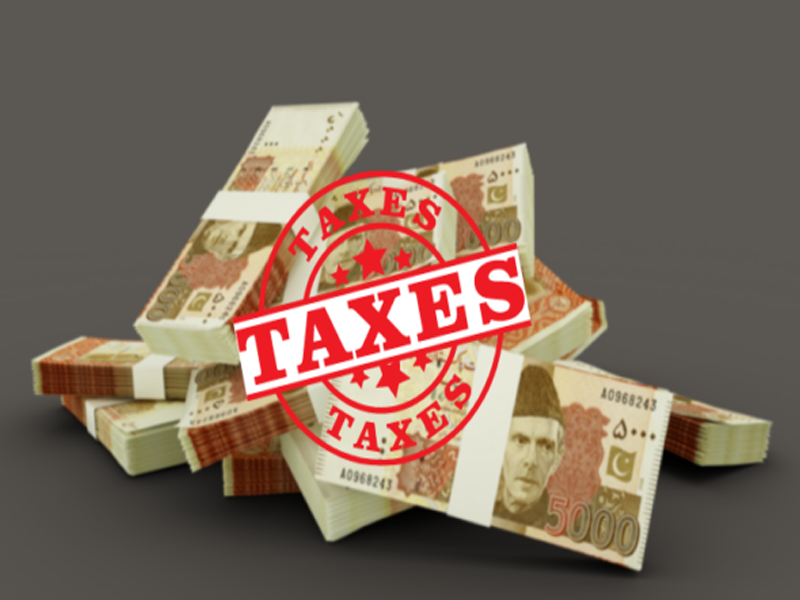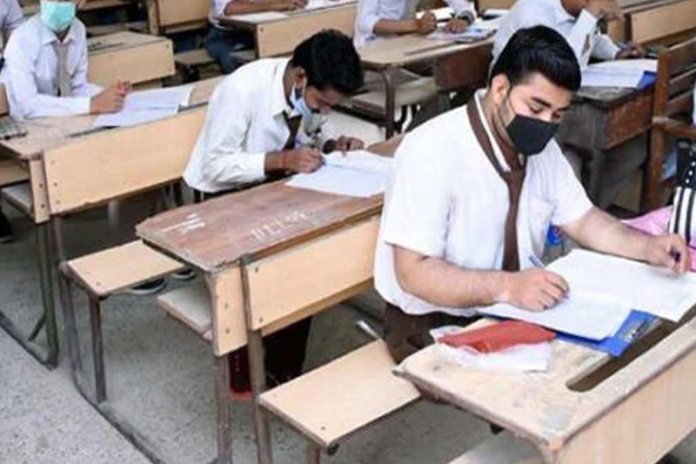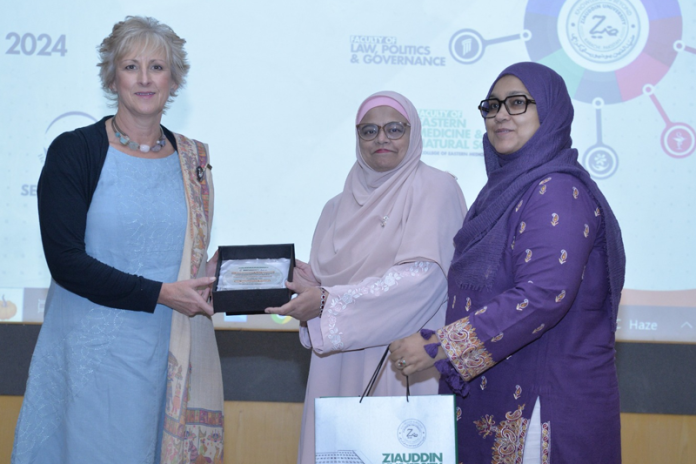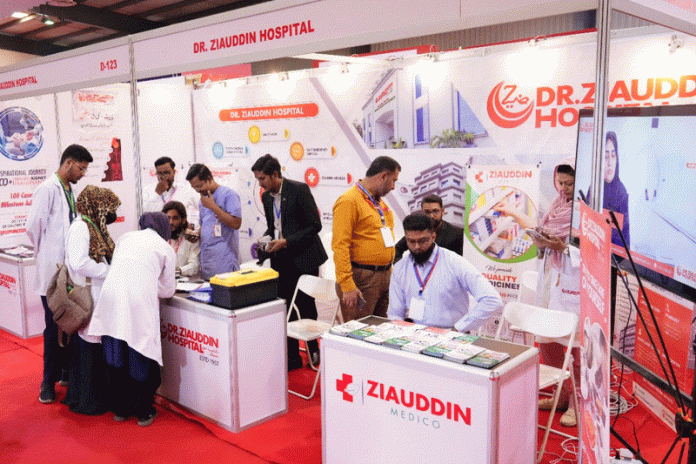Agricultural Income Tax: perspective

- 69
- 0
Financial experts also say that after the impositon of tax on agriculture income, the prices of grains, fruits and vegetables will further soar, to add to the woes of the common man.
On the other hand, the Govt says that this will not happen. But the fact is that when a goverment imposes tax on any sector, the prices increase and its mainly the common man who bears the brunt of the situation. The irony is that the Government sources claim that inflation has decreased in recent weeks and it has fallen from 28 percent to 23 percent year-on-year. However, it is impossible to deny the fact that inflation has not decreased.
Every section, especially the poor, is very worried about the dozen or so taxes imposed. And with the implementatin of the agri income tax, the common man will be hard pressed due to prices of essential kitchen items. As we know, the first review of the IMF’s $7 billion loan program is expected in March 2025 and includes taxation of the agricultural sector as per IMF conditions, for which all four provinces have passed laws to impose tax on agricultural income, which will be implemented from January 2025. According to the Constitution of Pakistan, the National Assembly has the authority to impose tax on income from every sector of the country, however, the Constitution has declared the implementation of tax on agricultural sector income as a provincial matter.
A review of the history of agricultural tax in Pakistan shows that after the formation of Pakistan, like India, Pakistan also exempted agricultural income from income tax under the “Indian Income Tax Act 1922”. Under the 1973 constitution, agricultural income was declared a provincial matter.
In 1996-97, all provinces imposed some form of agricultural income tax on agricultural land and income, but the revenue from agricultural tax remained less than one percent of GDP, even though agriculture contributes 20 percent to the country’s GDP and 38.5 percent to jobs. If we compare the agricultural sector with the other two major sectors of the country’s economy, industry and services, the industrial sector also contributes about 20 percent to the country’s GDP, but the revenue collection from the industrial sector is 70 percent, while this sector provides 25 percent of jobs. Similarly, the service sector contributes 60 percent to GDP and 37 percent to jobs, but its share in tax collection is barely 29 percent. I had written a column in 2010 on the implementation of agricultural income tax, but even today, 15 years later, the situation of the country's tax system is the same and the agricultural sector has no share in paying taxes, while the industrial sector and the salaried class are heavily taxed. The services sector is also paying 29 percent tax instead of 60 percent of the GDP. The overall tax rate in GDP in Pakistan is 10 percent, while in other countries in the region the tax rate in GDP is 15 percent, which is mainly due to the fact that a large part of the country's economy is undocumented.
Previous governments had introduced the non-filer category for tax defaulters to collect an additional 2 to 3 percent tax, due to which significant success could not be achieved in documenting the economy, but now the FBR has sent recommendations to the National Assembly for changes in tax laws, in which it will not be possible for non-filers to buy property. In this regard, the sub-committee of the Standing Committee on Finance and Revenue of the National Assembly, of which I am also a member, held several meetings with the Chairman FBR and his team, and the FBR, in consultation with Abad, has agreed to the appropriate amendments of the committee, for which I am grateful to Chairman FBR Rashid Mahmood Langrial and his team.
Agricultural experts believe that the government will be able to collect Rs 69.5 billion with the implementation of agricultural tax, but landowners have transferred their lands to family members to avoid agricultural tax so that they cannot be charged a high tax rate. According to the agricultural income tax laws approved by the four provincial assemblies, agricultural tax will not be applicable on annual income of Rs 600,000. However, agricultural income up to Rs 120,000 will be taxed at 15 percent, fixed tax of Rs 90,000 and agricultural tax of 20 percent on income between Rs 120,000 and Rs 160,000, fixed tax of Rs 170,000 and agricultural tax of 30 percent on income between Rs 160,000 and Rs 320,000, fixed tax of Rs 650,000 and agricultural tax of 40 percent on income above Rs 320,000 and Rs 560,000, fixed tax of Rs 160,000 and agricultural tax of 45 percent on income above Rs 560,000.
On the demand of the IMF, we have increased the agricultural tax rate from 15 percent to 45 percent, but its implementation is a question mark. In addition, one percent will be imposed on agricultural income above Rs 150 million and 10 percent super tax will be imposed on income above Rs 500,000. According to the Sindh Board of Revenue, small carpet farming companies will be taxed at 20 percent and large companies at 29 percent. In addition, the income of farmhouses of 25 acres or more has been estimated at Rs 670 billion and a fine of Rs 10,000 to 50,000 will be imposed for non-payment of agricultural tax, however, tax exemption will continue for the livestock sector. Last year, the agriculture sector performed best in the country’s GDP, which was 6.4 percent, but the total tax collected from the agriculture sector was barely Rs 4 billion, which is less than one percent of the country’s total tax collection.
To make agricultural tax collection successful, the federal and provincial governments will have to increase data sharing and the FBR’s capacity so that all sectors of the country’s economy can pay their share of tax, otherwise we will be doomed to depend on loans.

















































